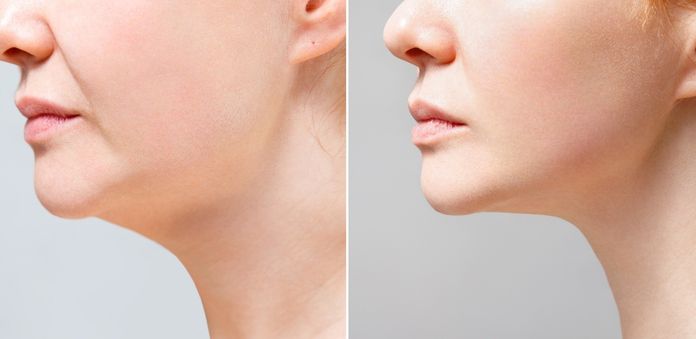Before & After TMJ Session
A TMJ-focused PT session is more than just exercises:
Manual interventions — Therapists may use soft tissue mobilization to relieve tight jaw-related muscles and reduce stiffness.
Therapeutic exercises — Tailored jaw stretches, mobility drills, and strength-building exercises improve joint function.
Posture correction — Poor posture can worsen TMJ pain, so therapists guide patients to realign the neck and shoulders to lessen strain on the jaw.
Holistic management — Stress relief strategies may also be incorporated to address jaw clenching or bruxism.
After the Session: Noticeable Changes
Post-treatment, patients often report dramatic improvements:
Reduced pain and fewer headaches — Immediate relief is common after soft tissue work and mobilization.
Easier range of motion — Movements like opening the mouth become smoother and less stiff.
Improved muscular strength & flexibility — Exercises help stabilize the jaw while reducing tension.
Better posture and reduced trigger points — Addressing neck and shoulder alignment helps prolong relief.
For example, after just one PT session, many patients notice their jaw opening improves significantly—sometimes by more than a finger’s width.
Key Takeaway
Before a TMJ therapy session, individuals often struggle with pain, limited movement, and disrupted daily life due to jaw dysfunction. After, there’s usually a clear improvement—less tension, improved motion, and a more relaxed, functional jaw.
Health Plus PT’s treatment philosophy—comprehensive evaluation, hands-on therapy, posture correction, and personalized exercise—makes this transformation possible.
In Summary


